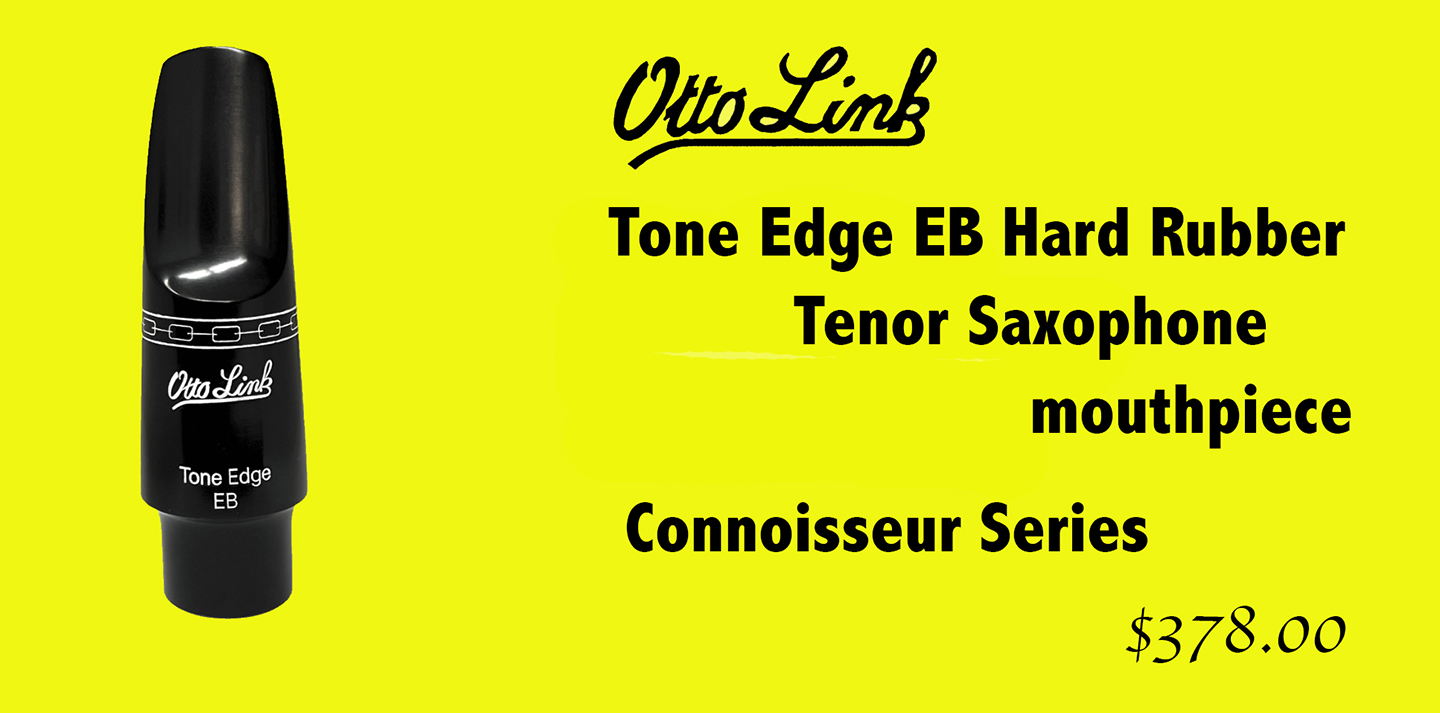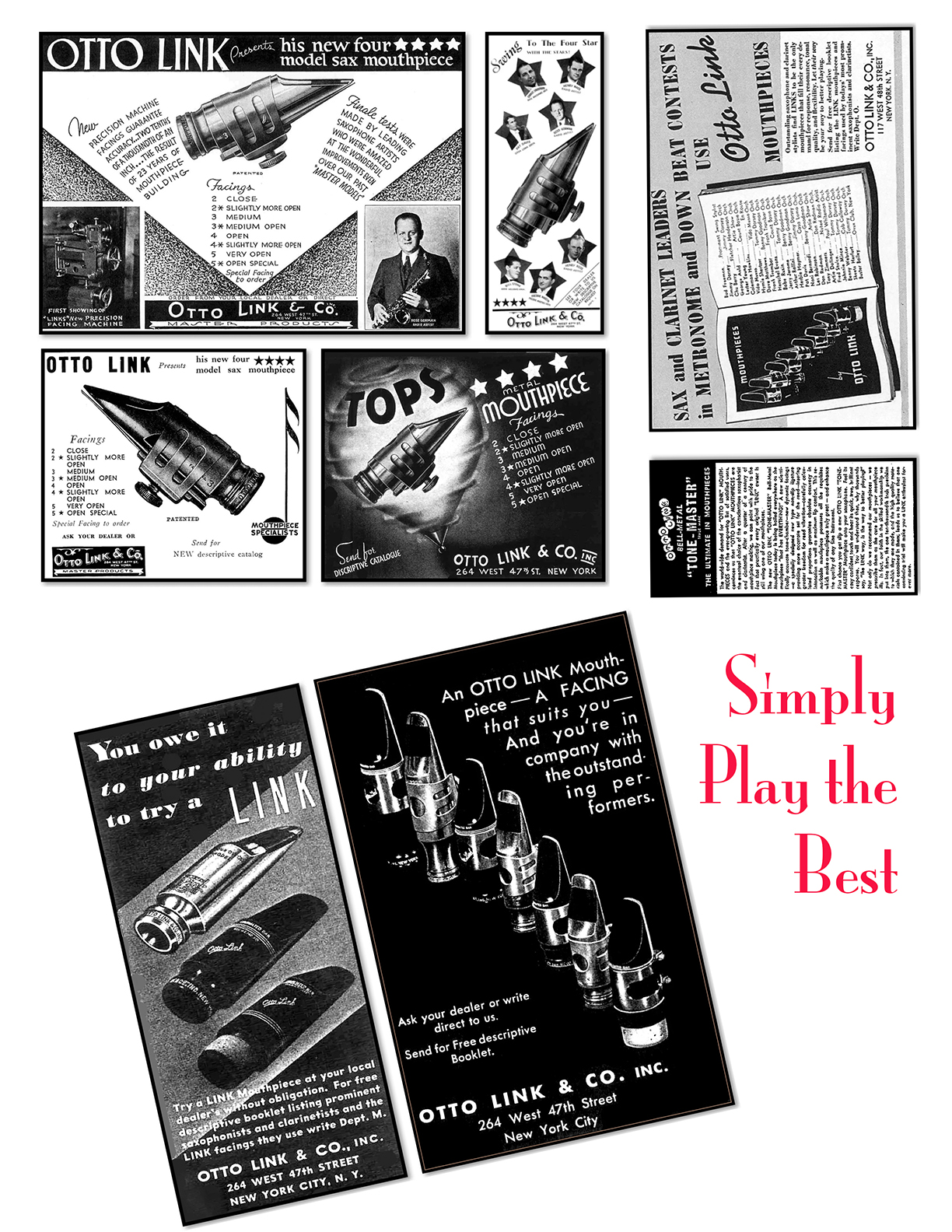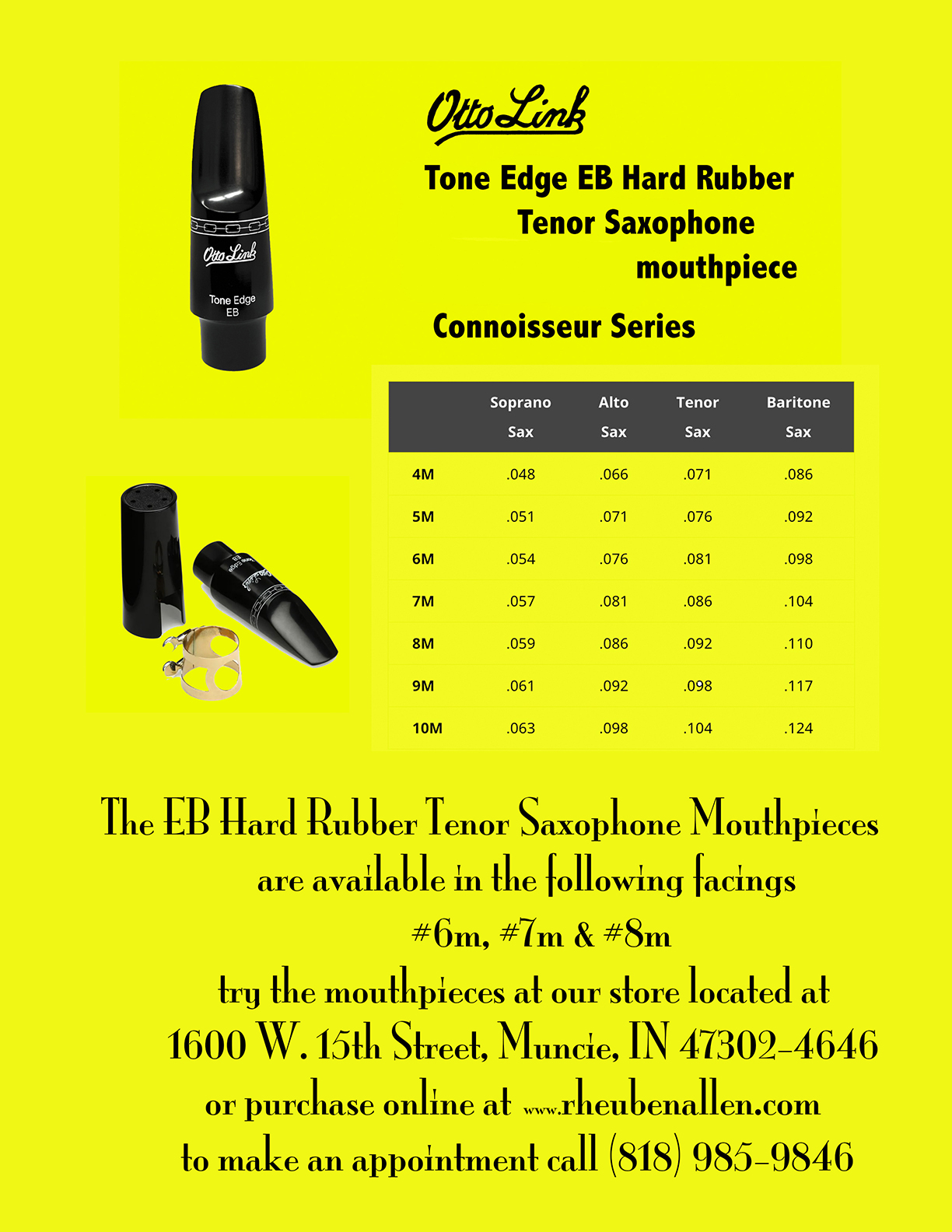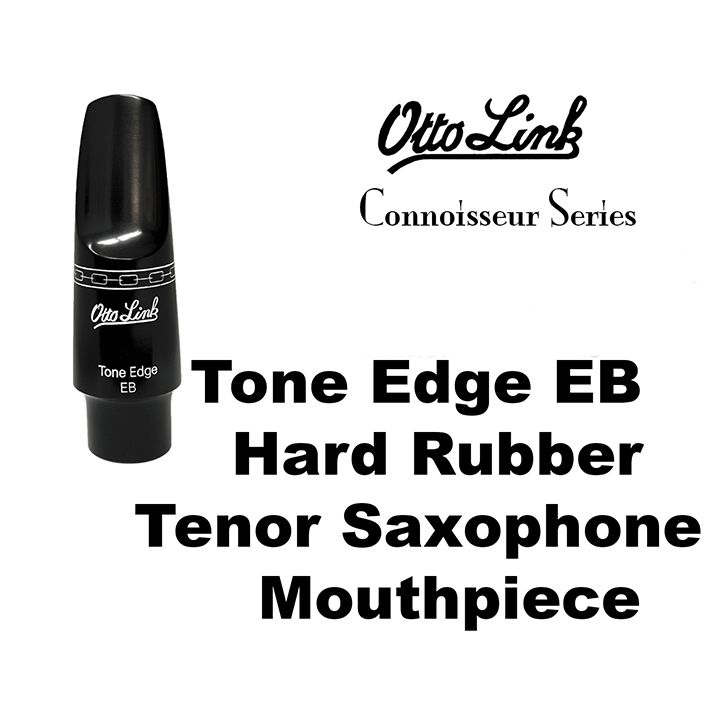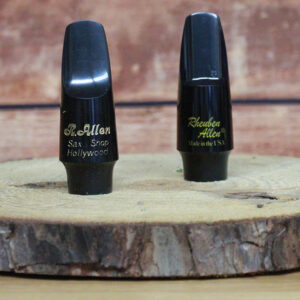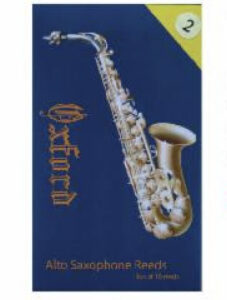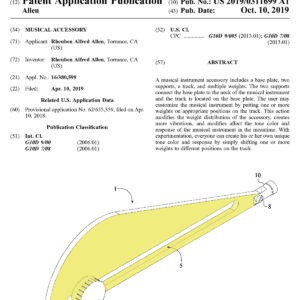Otto Link EB Hard Rubber Tenor Sax Mp
$378.00
This is a very great mouthpiece and we have a limited stock due to demand.

Description
Otto Link EB Hard Rubber Tenor Sax Mouthpiece has been used by many of the worlds the greatest tenor saxophone players for a very long time. The list is too large to post but as a saxophone player you know the names.
Join the great players by playing these tested Otto Link EB Hard Rubber Tenor Sax Mouthpiece.
Feel free to set up an appointment and come by an try them.
The saxophone mouthpiece is that part to which the reed is attached. Its function is to provide an opening through which air enters the instrument and one end of an air chamber to be set into vibration by the interaction between the air stream and the reed. Single-reed mouthpieces are basically wedge shaped, with the reed placed against the surface closest to the player’s lower lip (the table). The player’s breath causes the reed to vibrate. The reed beats against the mouthpiece, and in turn causes the column of air inside the instrument to vibrate. The top half to three-quarters of the table is open to the inside of the mouthpiece.
As with the brass instruments, the shape of the interior of the mouthpiece can greatly affect the sound of the instrument. Mouthpieces with a large, rounded chamber will produce a quite different sound from one with a small or square chamber.
The distance between the tip of the mouthpiece and the tip of the reed is known as the tip opening. The tip opening has little effect on tone, which is more affected by the design of the mouthpiece’s chamber (interior space).
The facing (or lay) is a curved section that leaves the flat table and continues to the tip of the mouthpiece. The length of a facing—defined as the distance from the tip of the mouthpiece to the point where the reed and mouthpiece meet—can vary. Different facing lengths have different response properties.
The reed is held tightly against the mouthpiece by a ligature. Anything that can hold the reed on the mouthpiece may serve as a ligature. Commercial ligatures are commonly made of metal or plastic. Some players (including many German clarinetists) prefer string or a shoelace, which is wrapped around the reed and the mouthpiece, to commercially manufactured ligatures.
